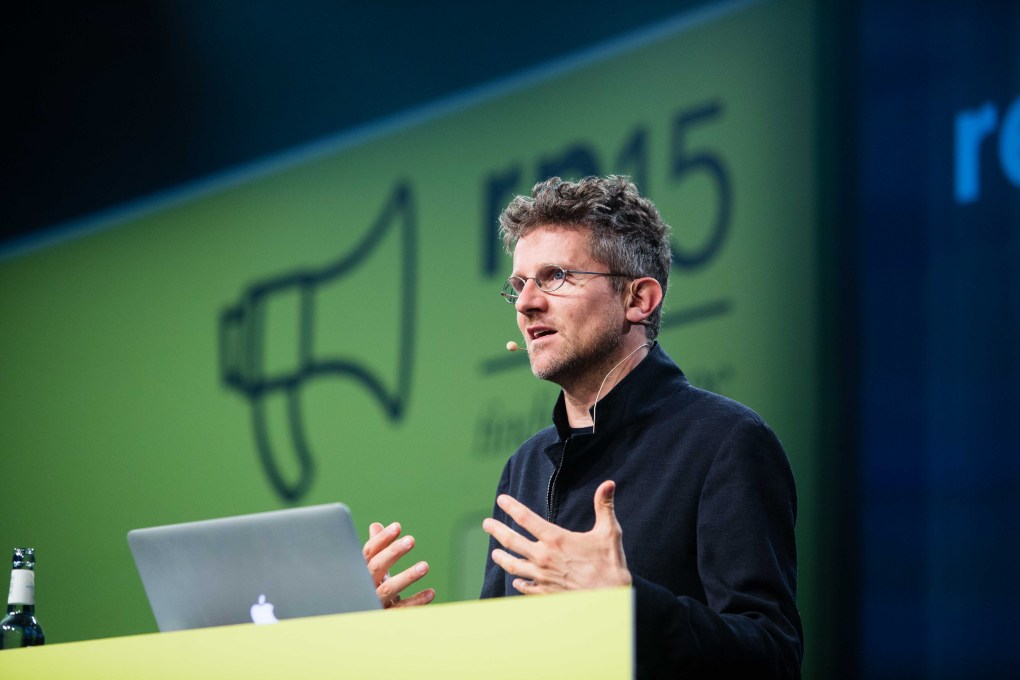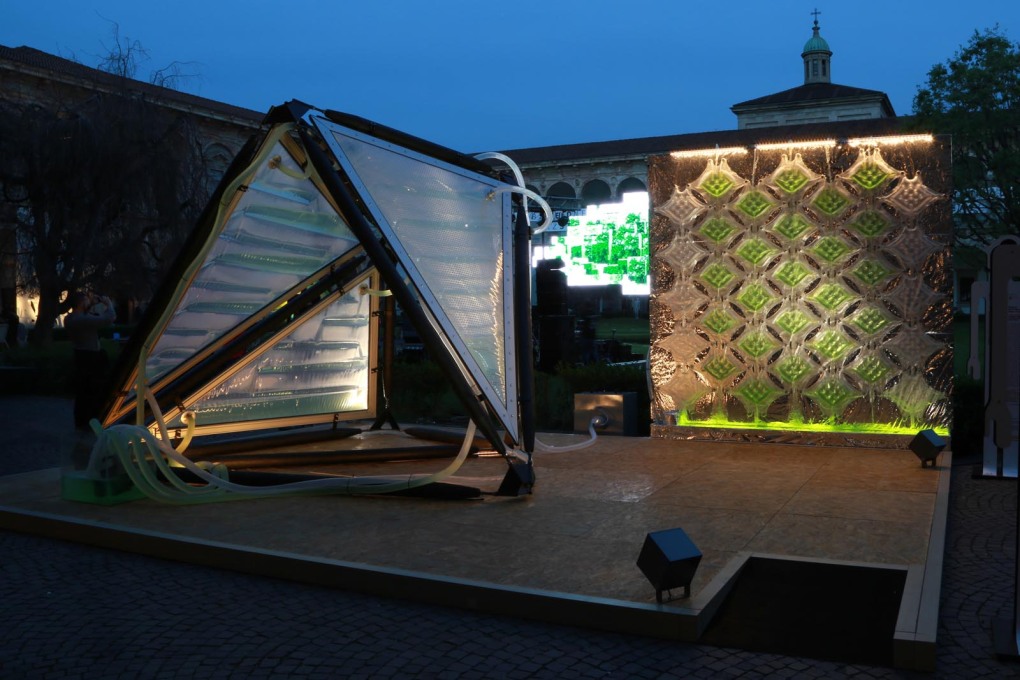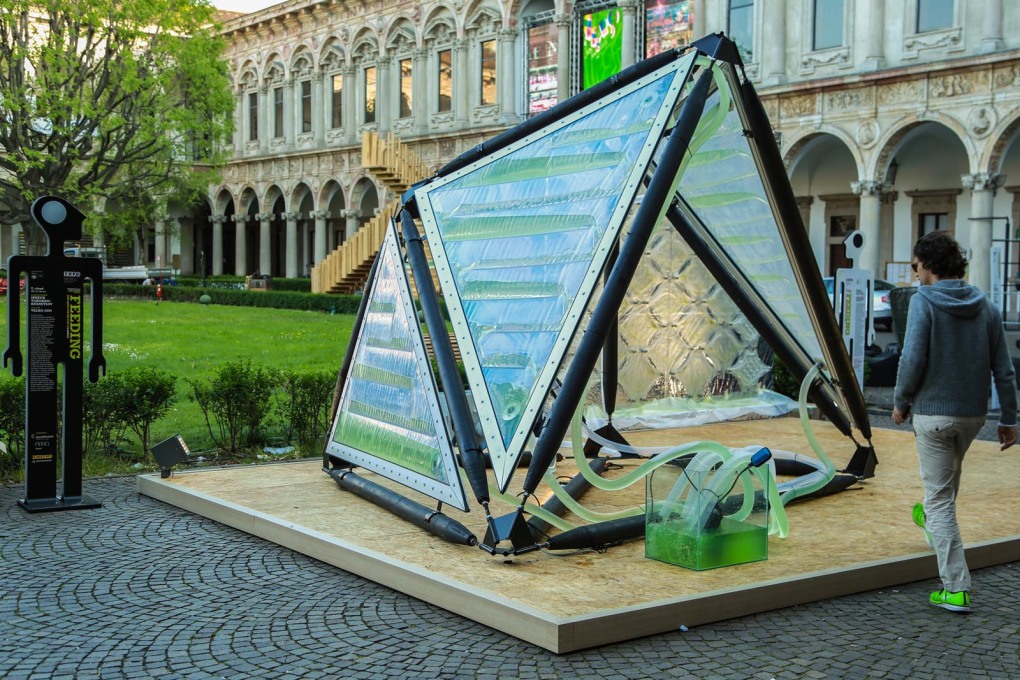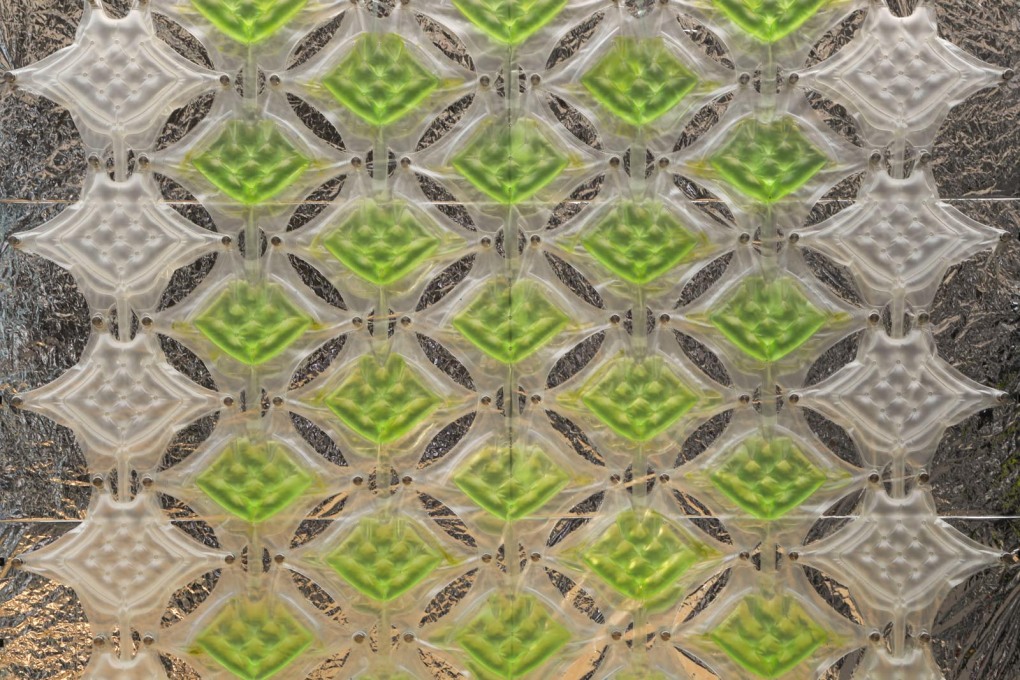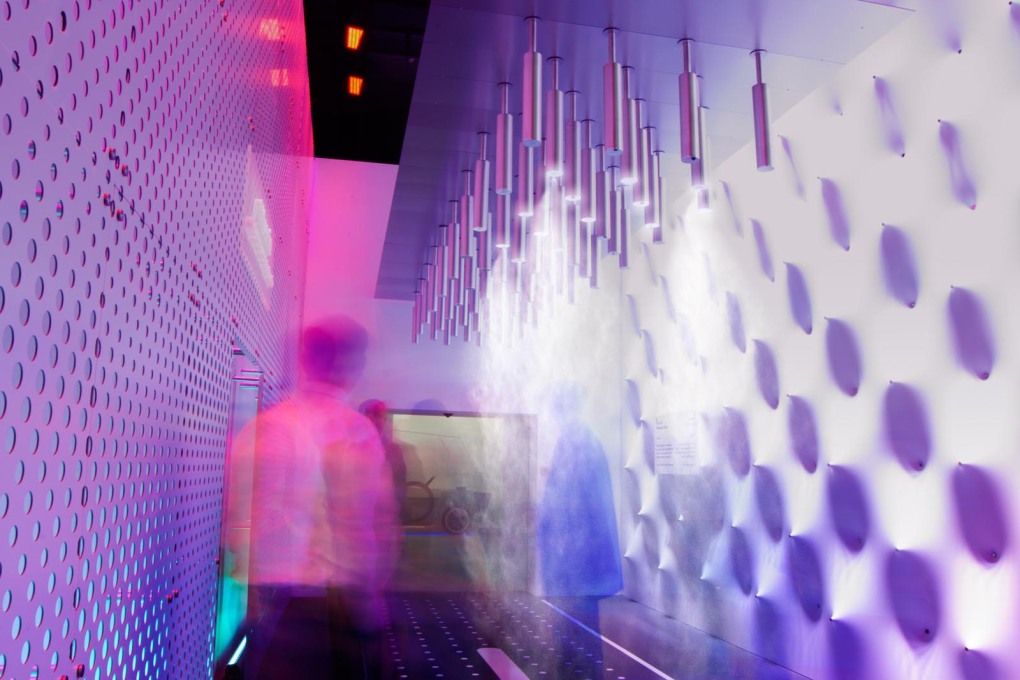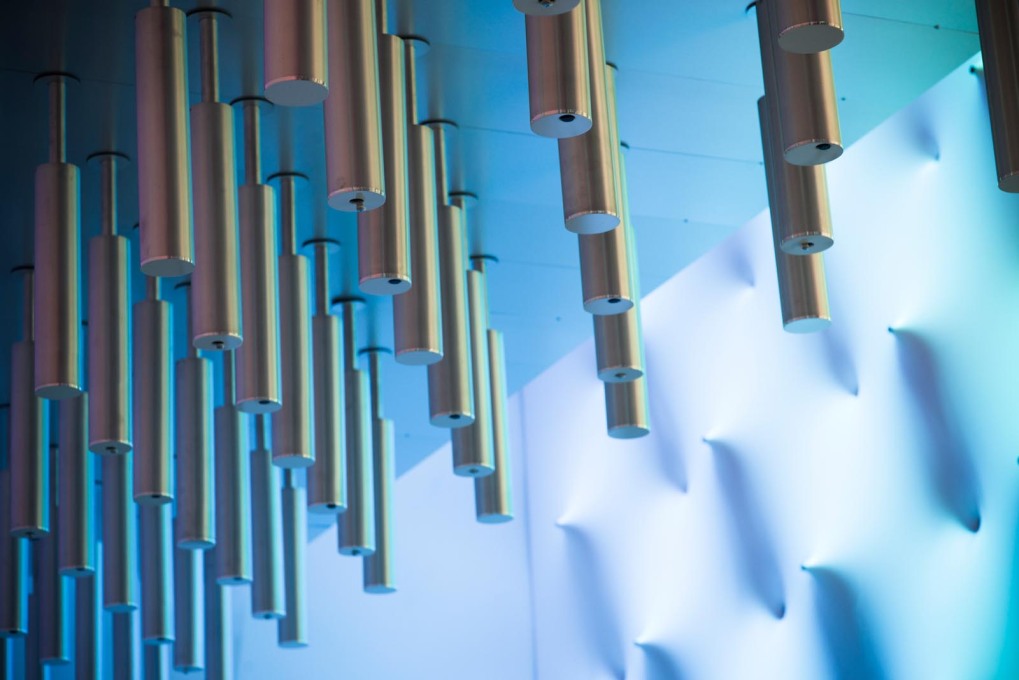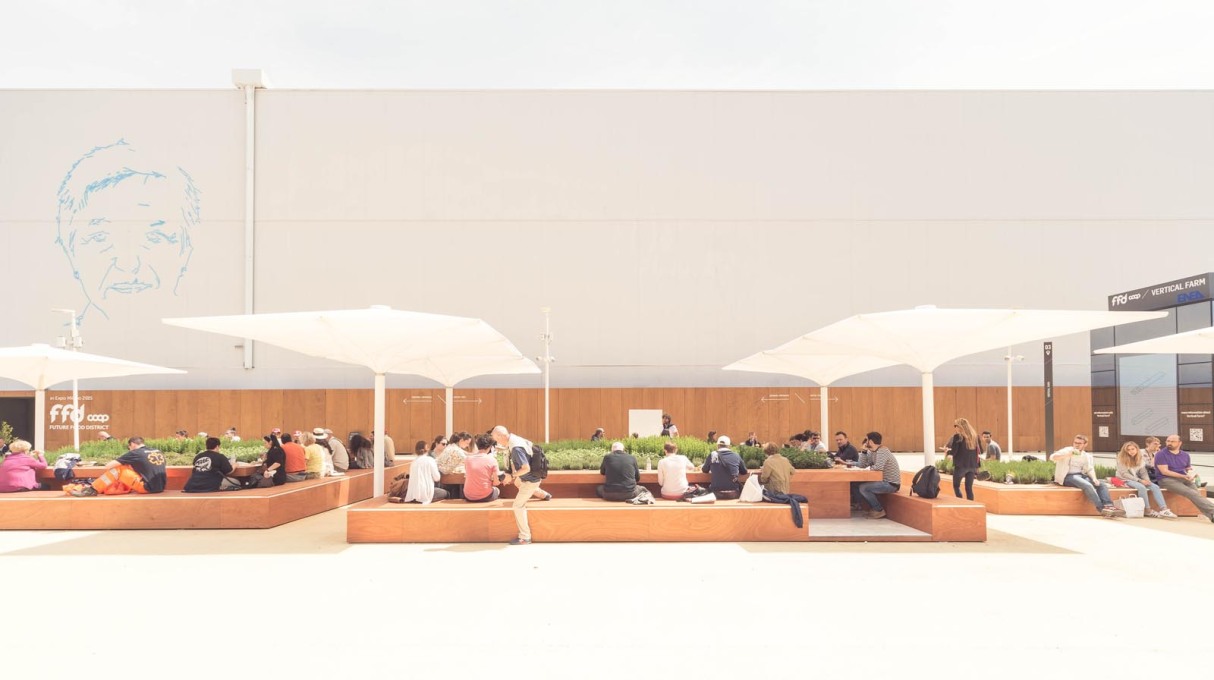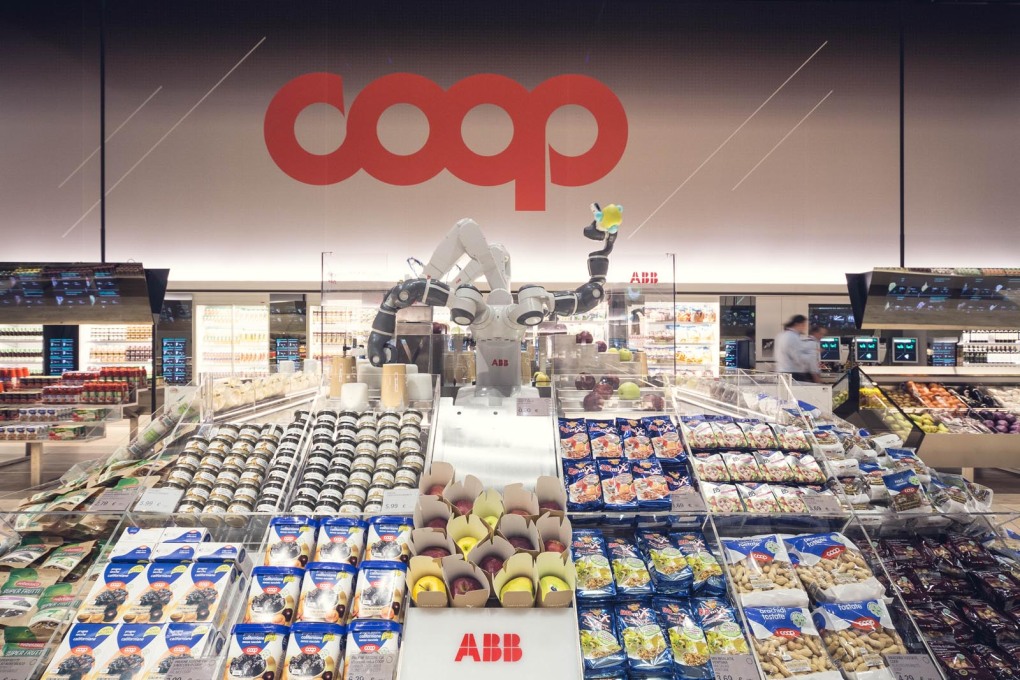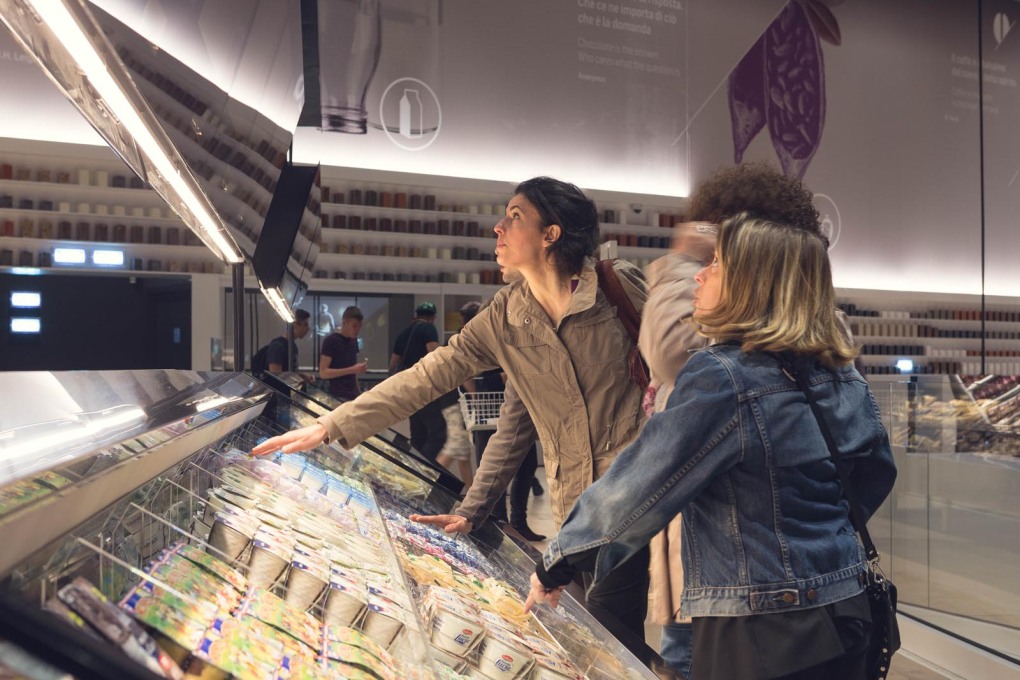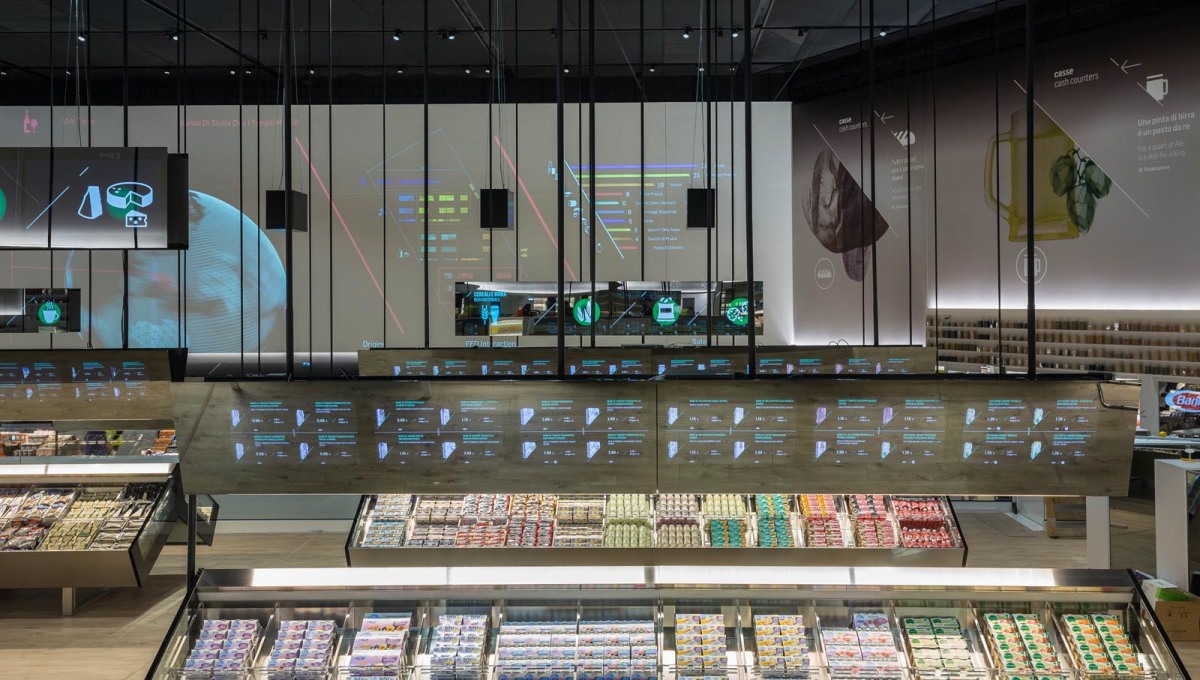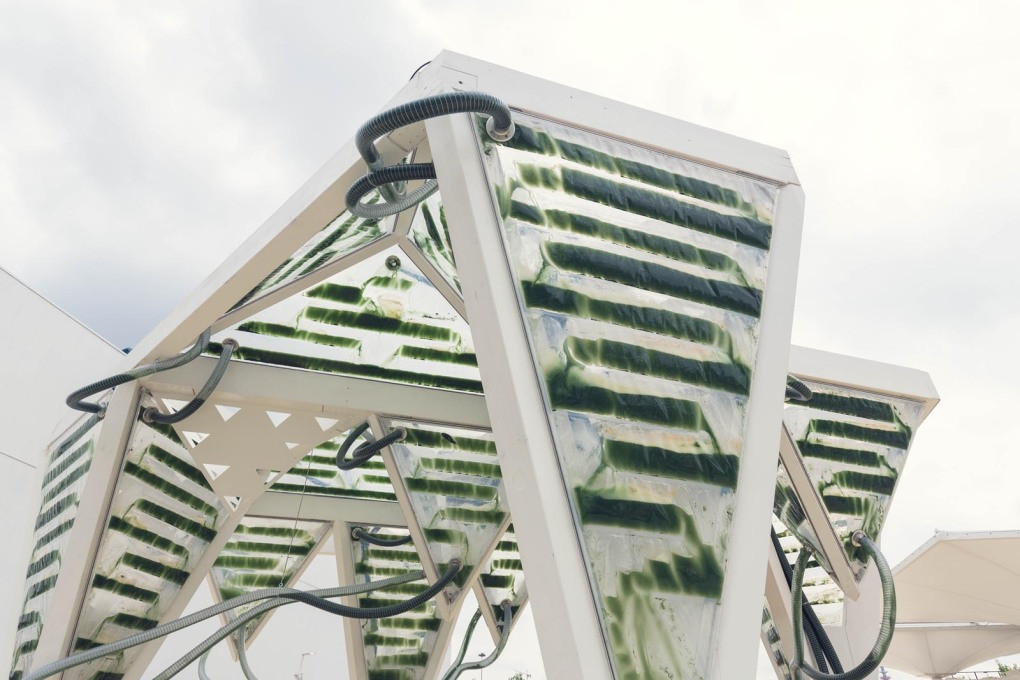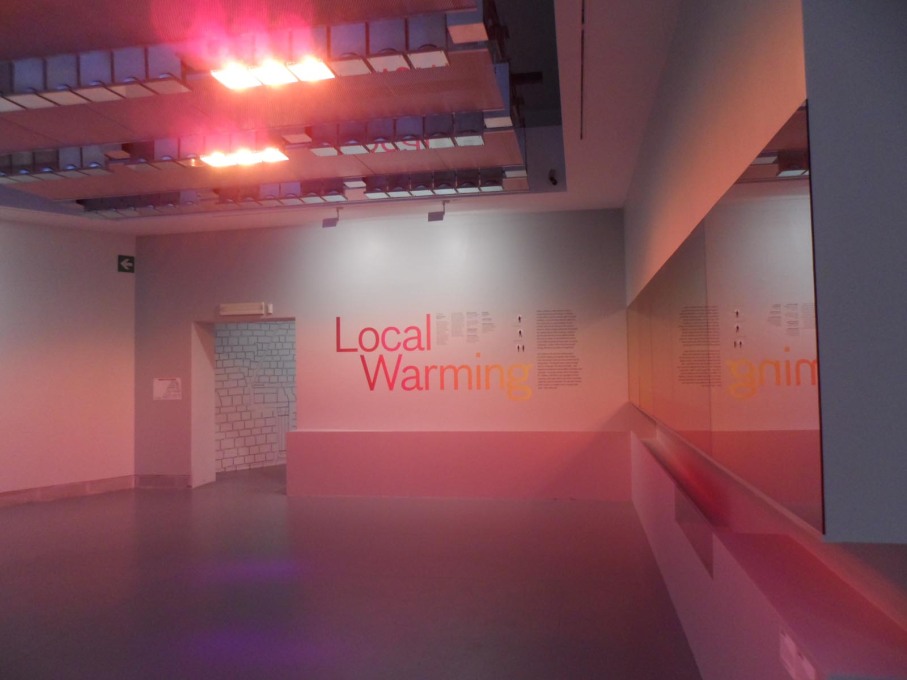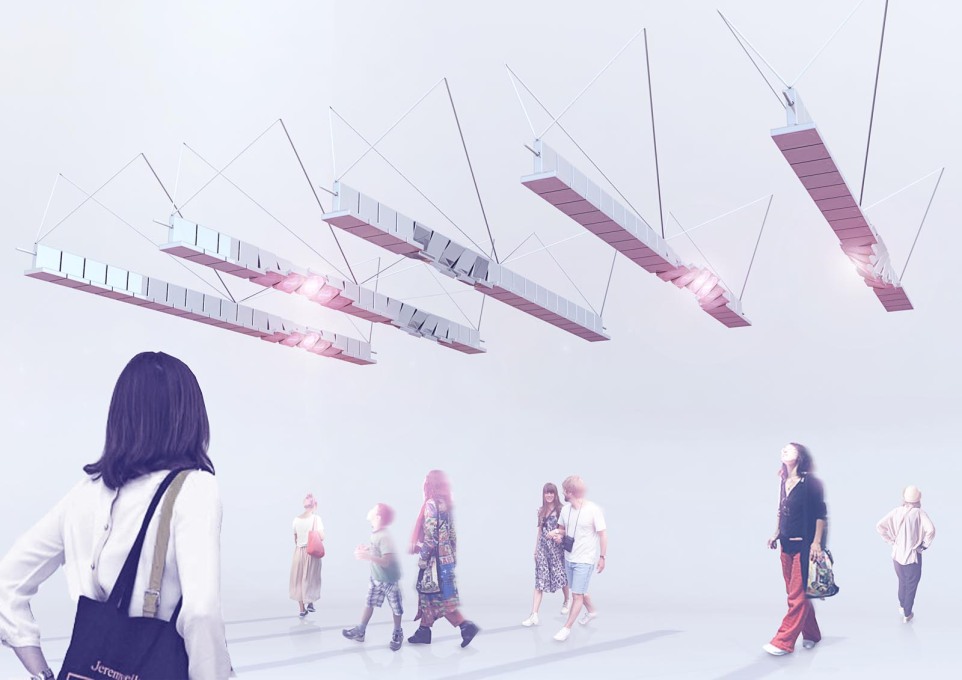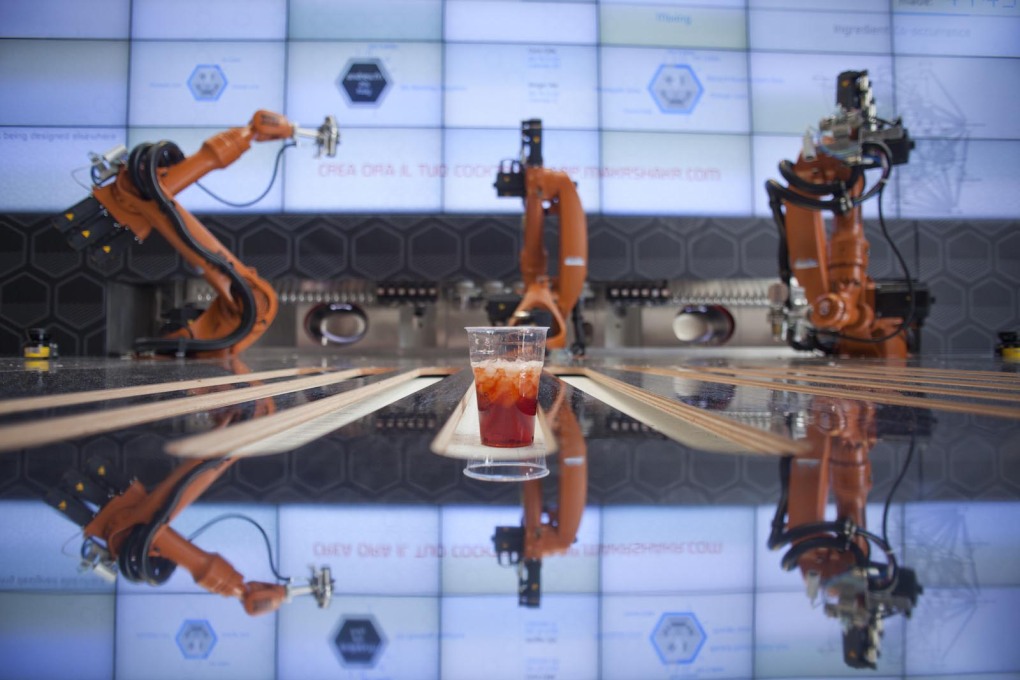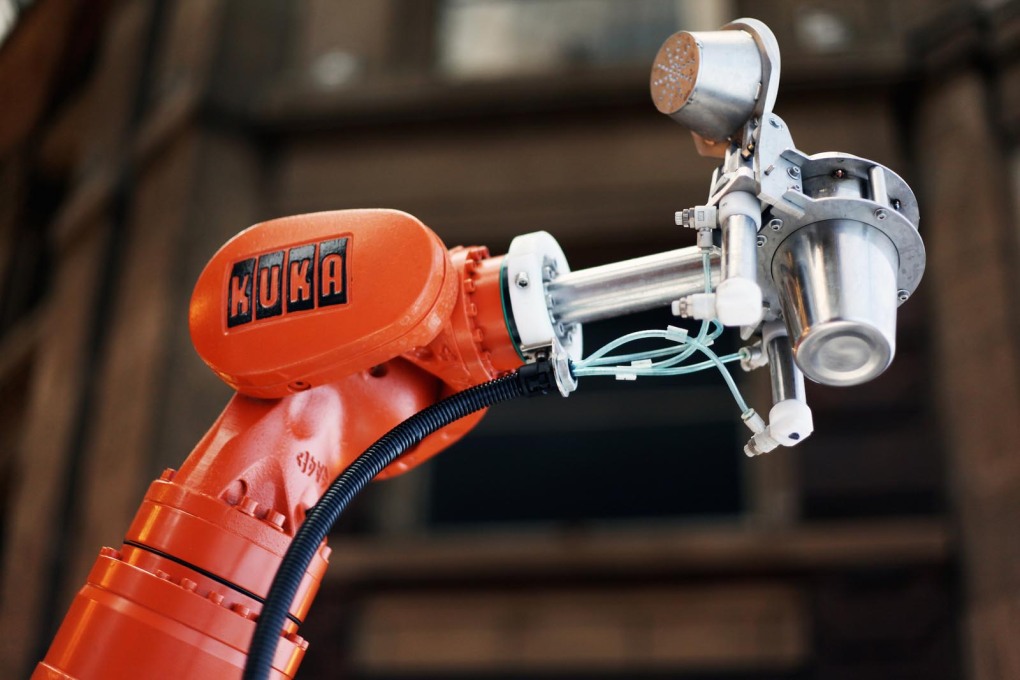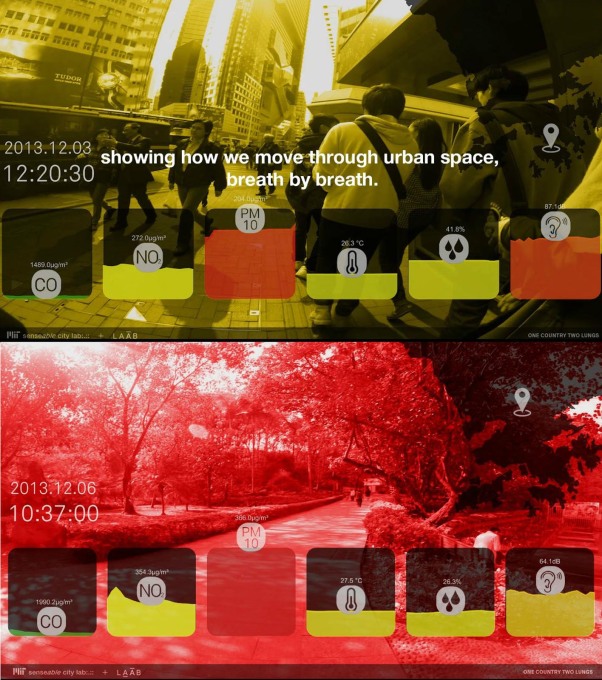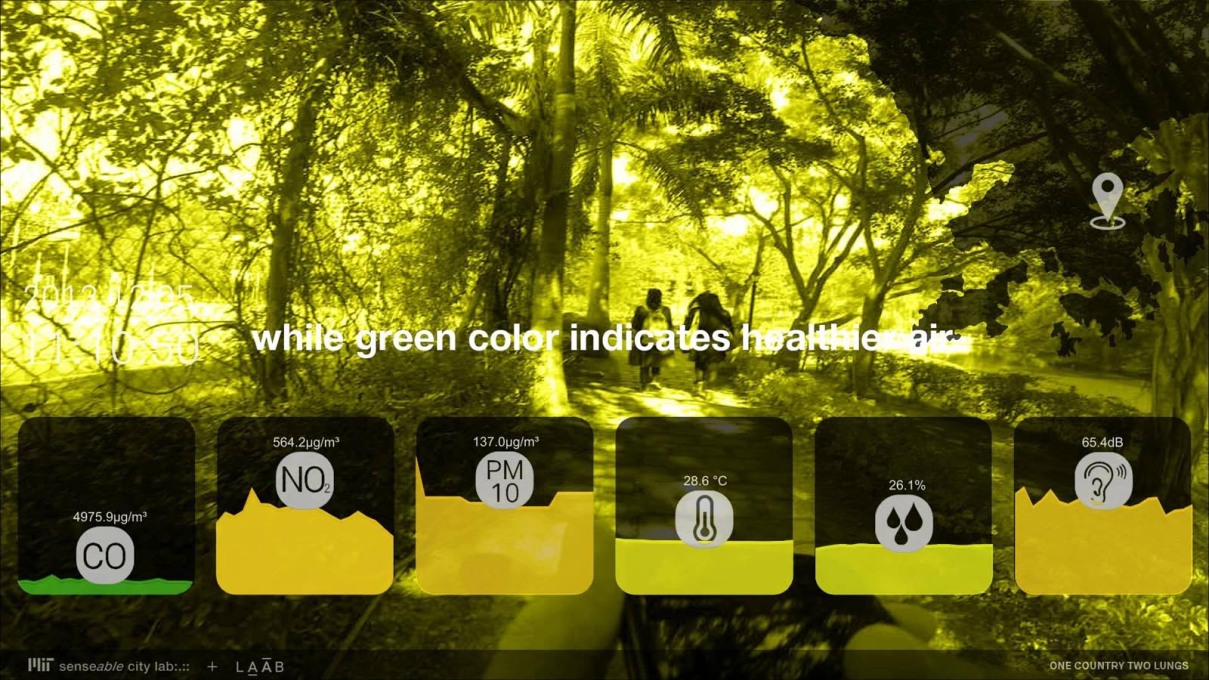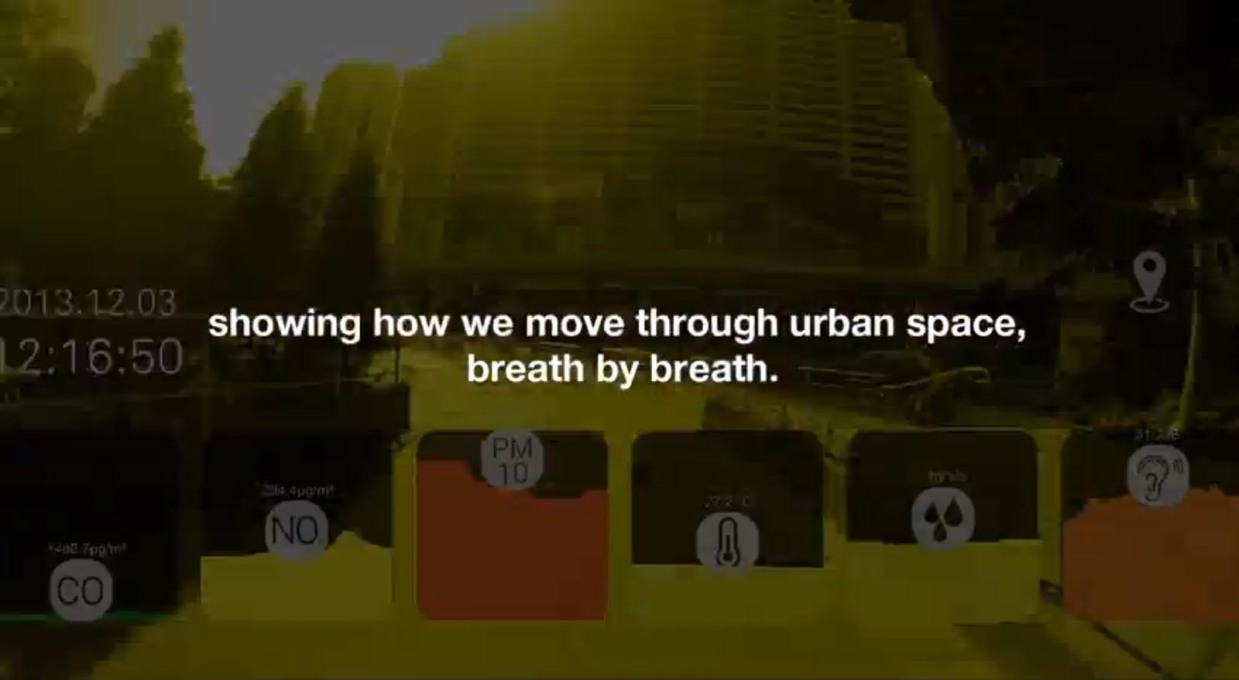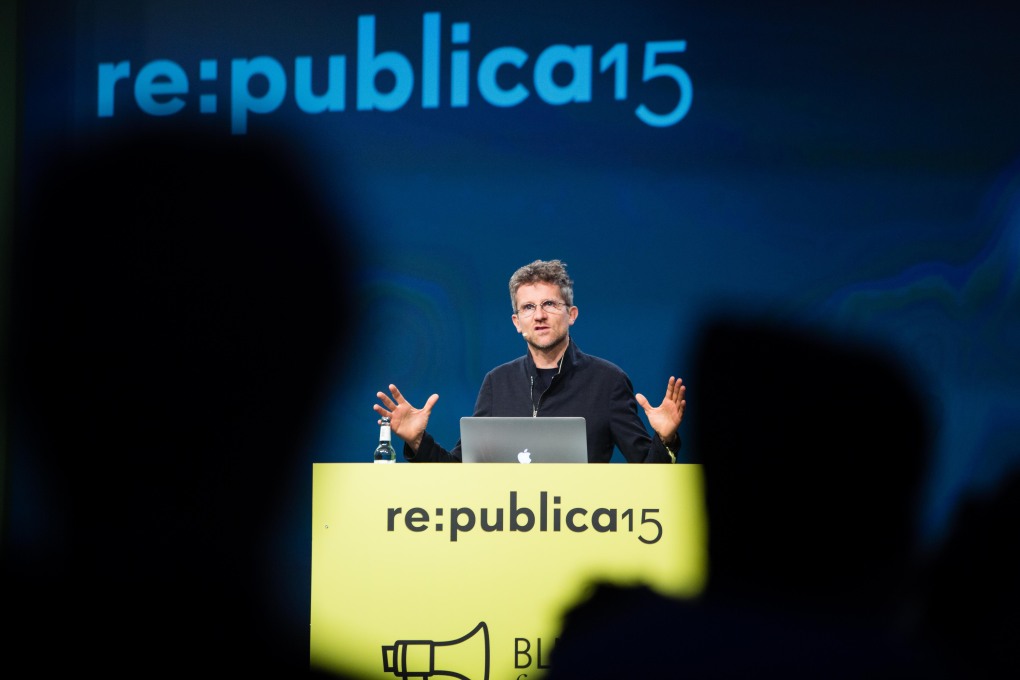Architect and engineer Carlo Ratti, who directs the research group Senseable City Lab at MIT, is one of the most influential designers and innovators in architecture and urban design. Elvia Wilk met and talked to him at re:publica 15 in Berlin, Europe’s largest conference on the internet and society, where he presented his latest work.
The last time we spoke was four years ago, when I was working on the exhibition Testify! at the NAI in Rotterdam, in which you were included. That exhibiton focused on revisiting architecture after it was built to try and create a feedback loop of knowledge to help improve future projects. The impression I got then was that Senseable City Lab was aiming to speed up that loop, so that the built environment could respond almost in real-time to information gathered about it, very different from architecture’s usually very slow response time. How does time frame play a part in your projects, especially some of the more long-term ones like the Copenhagen Wheel – which turns ordinary bikes into electric hybrids?
Copenhagen Wheel has so far taken about five years to reach production phase, which in the automotive industry is a typical time frame between the moment when you show the initial concept and its realisation. In our case it was a learning process, but I’m very happy to see it moving along – online you can see [here] some images of the production line from the factory in Detroit. Regarding feedback loops, the key point for us is how to create an environment that responds to us better. It’s not just about data collection, it’s about how we can transform the interactions between us. How do we do that? Either by changing behaviour – giving people the ability to change their behaviour – or the environment itself. Transformation is not only about architecture, it’s about changing both sides of the relationship: the human and environmental.
It’s also about the powers that be. Is it right to locate the onus of behavioural change onto the individual, rather than focusing on structural changes, political or corporate, which would be guaranteed to have a wider impact? Your project Trash Track, for instance, which uses sensors to track where trash ends up, may encourage people to be more responsible about recycling water bottles – but what about the manufacturers and the recycling industry?
You’re totally right, but don’t forget that individuals as activists can put a lot of pressure on the political level and on corporations. I still think that it’s a good way to start. I’ll tell you what we see as our role in the lab or at the office: it’s a little bit like Bucky Fuller’s idea of anticipatory design. The idea is that we can introduce new things, in what we call an “urban demo”, and then people can take a critical approach to what they see. When you do this you also want to show dystopian things. It’s almost like hacking; you want to show a vulnerability of the system so that we as a society don’t go there.
Is that practice something like “design fiction”?
In design fiction you probably don’t make it tangible enough. We think it’s very important to introduce artefacts. Let me give you an analogy: evolution. The way natural evolution works is by mutation. Some mutations are more and some less successful. So we ask, can a designer speed up the evolution of the artifical and help to transform the present, so that together as a society we can decide where to go? We want to help show different options for the present, in a good direction but also sometimes in a dystopian direction.
Would you distinguish that approach from technological determinism, because it includes an element of structural intervention?
Totally. It is deliberately not deterministic, because it starts with human input, introducing new artefacts for people to adopt and increasing the spectrum of possibilities. That goes back to your question about individual, political, or corporate change. We want to do it all together. The only way we can change things is really if we create feedback within society that’s part of the design process itself.
As an example about how you work on the individual and on the larger scale, could you tell us about one of your major collaborations, such as with Coca Cola or with Sony Ericsson?
In academia you have basically two ways to do research. The traditional way is with governmental support. The difficulty we see there is that between the time you come up with an idea and the time you get the initial results, it may have been years. You start with a proposal, you submit it, maybe a year later you find out it’s approved and you start putting together a team…by that time your initial idea may have changed, but you are locked into the plan. So we are very grateful for the people who support the lab in a way that allows us to explore very fast. This applies to a number of cities and a number of companies. For us the key point is how we can do urban demos the most effectively. The research consortium we have created contains more corporate partners than traditional research does, but it allows us to be more nimble.
Does it afford certain sacrifices too?
Each of the corporations has its own behaviour in the real world, but the behaviour they all have as part of our consortium is to leave us total freedom in our work. So from this point of view, there is no trade-off in our research.
The new issue of uncube is called Commune Revisited. Along the lines of that topic, I’d like to ask if there are any specific outcomes that you want for communal urban living.
Wanting a specific outcome in advance is a bit opposite to what I’m saying architects should do. Society responds to mutating technology, and our role as architects should be to introduce new artefacts, contributing to this evolution of the artificial, so that society can respond. For the commons, it’s very important to know the danger of putting “society” first: in that case somebody has made a decision before the technology’s even there. And that decision isn’t part of a debate. Making a plan for society was the role of the architect of the twentieth century, who would say “here is my the solution; now you need to apply it”.
Ending up with social engineering.
Yes, and it’s top-down. If you really want to create change by engaging people, we believe that you need to be neutral, and you need to make propositions – call it an urban demo, call it whatever you want – and then there has to be a discussion. You don’t want to necessarily say that we should go one way, you also might want to show something that could be potentially dangerous for society. Then you create antibodies together. That’s the only way I believe we can collaboratively decide.
So your goal is to create an interface with the public rather than providing a singular vision?
It’s about showing very tangible futures, through new technologies or new technological applications, and then allowing open debate about them. If you go the other way around, starting with what you want for society, then you have the twentieth century idea that there’s somebody who has to interpret society and decide the solution alone. It’s like Le Corbusier saying we should turn Paris into a modern city, or demolish everything and build new modernist towns. There are two books that just came out saying basically that Corbusier supported the Fascists. That might have been him in particular, but it was also the general approach in that period.
– Elvia Wilk
– Carlo Ratti is an Italian architect, engineer, inventor, educator and activist who teaches at the Massachusetts Institute of Technology (MIT), where he directs the Senseable City Lab, a research group exploring how new technologies are changing the way we understand, design and live in cities. He is a founding partner of international design office Carlo Ratti Associati, established in Turin, Italy in 2004.




